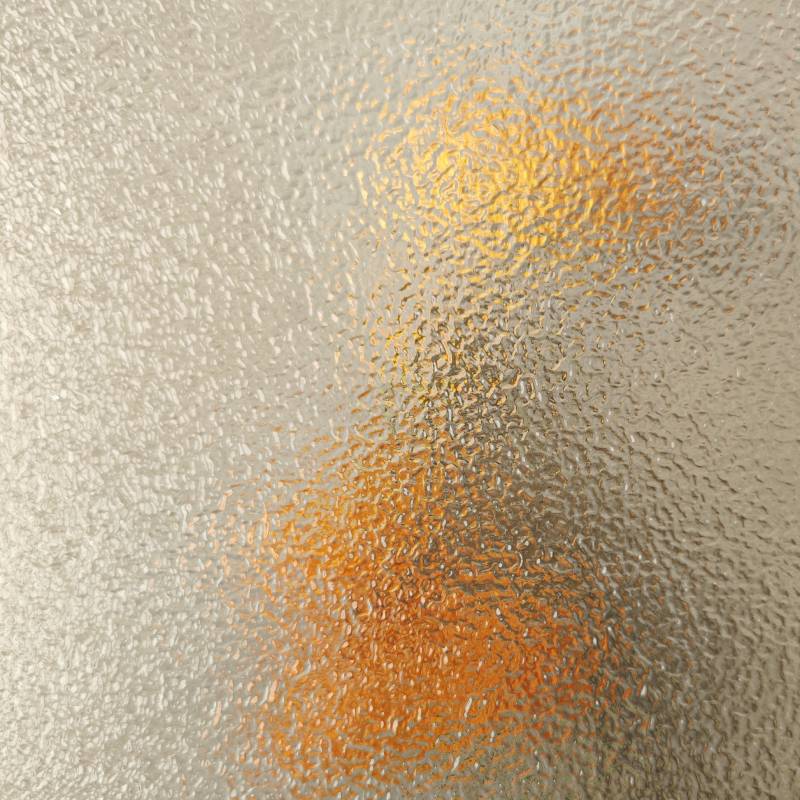

The Advantages of 366 Low-E Glass A Comprehensive Overview
In today’s world, energy efficiency has become a crucial consideration in constructing residential and commercial buildings. Among the innovative solutions available, 366 low-emissivity (Low-E) glass stands out for its remarkable thermal performance and numerous other benefits. This article explores what 366 low-E glass is, its advantages, applications, and its role in sustainable building practices.
What is 366 Low-E Glass?
366 low-E glass is a type of insulating glass that features a microscopically thin, transparent coating of metallic oxide. This coating reflects heat while allowing natural light to enter, ensuring that buildings remain bright without compromising on energy efficiency. The 366 designation refers to its specific performance metrics it reflects 66% of unwanted heat back outside, thus maintaining an optimal internal atmosphere regardless of external weather conditions.
Stellar Energy Efficiency
One of the primary benefits of 366 low-E glass is its exceptional energy efficiency. Buildings using this glass can significantly reduce heating and cooling costs. The low-emissivity coating minimizes the amount of radiant heat transfer, keeping interiors warmer during cold months and cooler during hot ones. According to various studies, homes equipped with Low-E glass can reduce energy costs by up to 30 to 50%, making it an extremely cost-effective option in the long run.
Enhanced Comfort Levels
In addition to energy savings, 366 low-E glass enhances occupant comfort. Traditional glass allows for heat transfer, which can result in drafts and uneven temperatures throughout a space. By reflecting heat and reducing glare from sunlight, 366 Low-E glass creates a more stable climate inside buildings. This benefit promotes a pleasant living and working environment, crucial for both residential homes and offices.

UV Protection
Another notable advantage of 366 low-E glass is its ability to block harmful ultraviolet (UV) rays. Prolonged exposure to UV radiation can damage furnishings, flooring, and artwork, leading to fading and deterioration over time. With 366 low-E glass, UV rays are significantly reduced, protecting interiors and maintaining the integrity of valuable possessions. This aspect is particularly important for homeowners wishing to preserve the beauty of their spaces without compromising on natural light.
Design Flexibility
Beyond its functional benefits, 366 low-E glass also offers aesthetic advantages. Available in various styles and configurations, it can seamlessly integrate into a wide array of architectural designs. Whether used in expansive storefronts, residential windows, or sleek curtain wall systems, its clear, high-performance characteristics don’t detract from the visual appeal of any structure. This flexibility allows architects and designers to prioritize energy efficiency without sacrificing style.
Environmental Impact
With growing concerns about climate change, using 366 low-E glass aligns with sustainable building practices. By improving energy performance, it contributes to lower greenhouse gas emissions from heating and cooling systems. Furthermore, many manufacturers of Low-E glass are committed to sustainable practices, utilizing recyclable materials and energy-efficient production methods. This commitment not only minimizes environmental footprints but also supports the broader transition to sustainable building practices globally.
Conclusion
In summary, 366 low-E glass offers an array of benefits, making it a popular choice among builders, architects, and homeowners dedicated to energy efficiency and environmental sustainability. Its ability to regulate heat transfer, block UV radiation, enhance aesthetic appeal, and promote sustainable practices positions it as a solution for the modern construction industry. As the world continues to prioritize energy efficiency and environmental stewardship, investments in technologies like 366 Low-E glass will be essential for the future of building design and construction. Embracing such innovations not only fosters comfortable living spaces but also contributes to a healthier planet for generations to come.